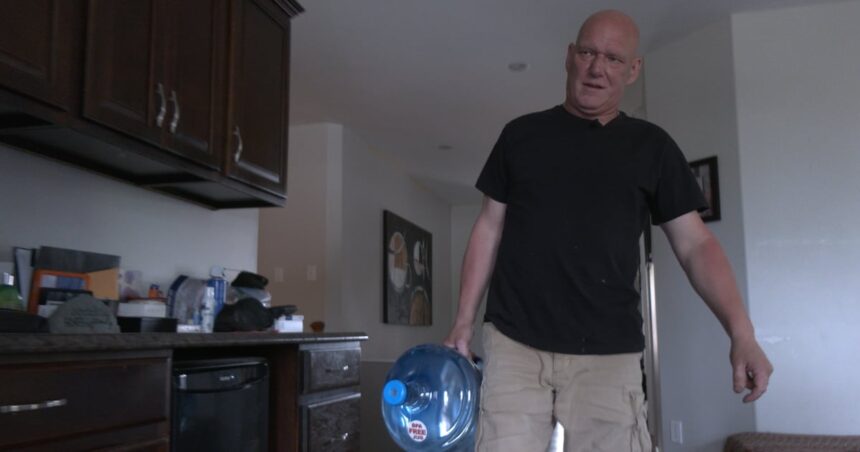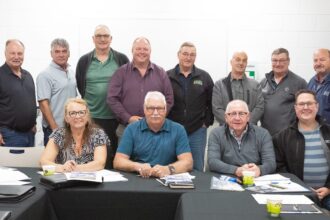Residents of several neighborhoods surrounding St. John’s International Airport are facing a growing health crisis as evidence mounts that their groundwater supplies have been contaminated with potentially harmful chemicals from firefighting foam. The discovery has left many families wondering if the water they’ve been using for years has been slowly poisoning them.
“It’s scary to think about,” says Maria Kenney, who has lived in her home just south of the airport for over two decades. “We’ve been drinking this water, bathing in it, watering our gardens with it. Now we’re being told it might not be safe.”
The contamination stems from aqueous film-forming foam (AFFF), a substance commonly used at airports and military bases for firefighting training and emergency response. These foams contain per- and polyfluoroalkyl substances (PFAS) – sometimes called “forever chemicals” because they don’t break down naturally in the environment.
Testing conducted by Environment Canada revealed PFAS levels in some residential wells near the airport that exceed Health Canada’s guidelines by more than 15 times the acceptable limit. The chemicals have been linked to various health concerns including increased cholesterol levels, changes in liver enzymes, decreased vaccine response in children, and increased risk of certain cancers.
The St. John’s International Airport Authority has acknowledged the issue, stating that they’ve been working with environmental consultants since early 2024 to assess the extent of contamination. “We take this matter very seriously and are committed to addressing the concerns of our neighbors,” said Airport Authority spokesperson James Thornhill in a written statement.
However, many residents feel the response has been inadequate. Community meetings have grown increasingly tense as families demand immediate solutions rather than ongoing studies.
“They keep telling us they’re investigating, but meanwhile, we’re still being exposed,” says Robert Parsons, who organized a community action group after learning his family’s well water contained elevated PFAS levels. “We need clean water now, not after years of studies and reports.”
The Newfoundland and Labrador Department of Environment has stepped in, providing bottled water to affected households while a permanent solution is developed. Provincial officials have indicated they’re exploring options for connecting impacted homes to municipal water supplies, though the timeline and funding for such infrastructure remain unclear.
Environmental experts note that this is not an isolated incident. Similar contamination has been documented near airports and military bases across Canada and internationally. The slow regulatory response to PFAS has been criticized by environmental advocates who point out that other countries have moved more aggressively to ban these chemicals and remediate contaminated sites.
Dr. Eleanor Simmons, an environmental toxicologist at Memorial University, explains that the persistent nature of these chemicals makes cleanup particularly challenging. “Once PFAS enter the groundwater, they can migrate considerable distances and remain for decades or even centuries. This isn’t a problem that simply dilutes away over time.”
For the affected residents, the contamination represents both a health and financial crisis. Property values in the area have already begun to decline as news of the contamination spreads, leaving many homeowners feeling trapped.
“We’ve put everything into this home,” says Kenney, gesturing around her kitchen. “Now we can’t safely use our water, and we probably couldn’t sell if we wanted to. Who would buy a house with contaminated water?”
As this situation continues to unfold, the larger question emerges for communities across Canada: How many other neighborhoods might be facing similar, yet undiscovered, contamination from decades of industrial chemical use? And will our regulatory systems evolve quickly enough to protect people before the damage is done?










